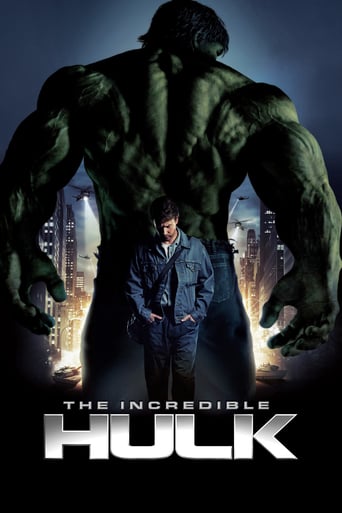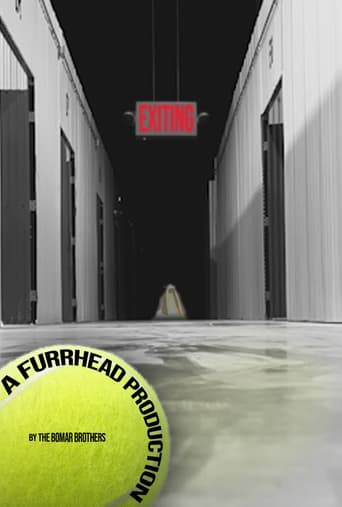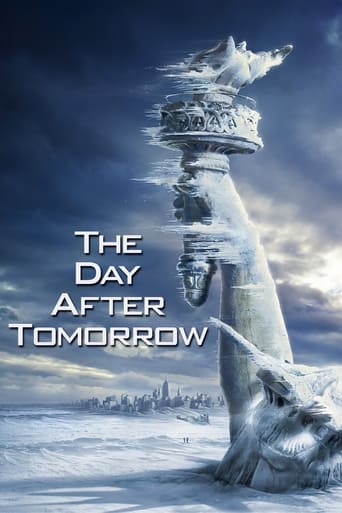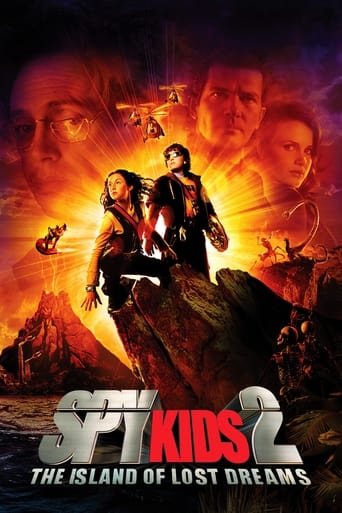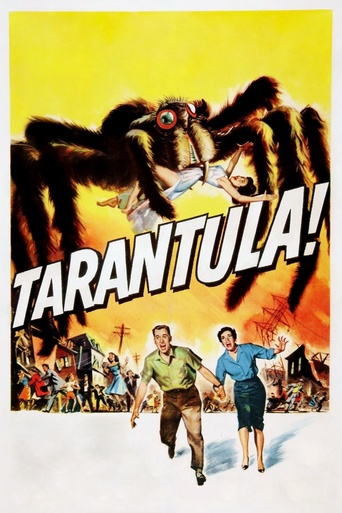
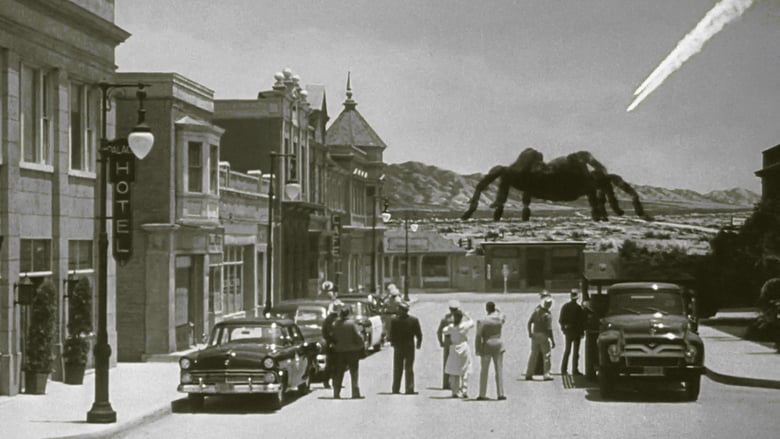
Tarantula (1955)
A rogue scientist near a small desert town arouses the suspicion of the town's doctor when his lab assistant is found dead from a case of acromegaly, which took only four days to develop. As the doctor investigates, aided by the scientist's new female assistant, they discover that something is devouring local cattle and humans in increasingly large quantities.
Watch Trailer
Cast
Similar titles
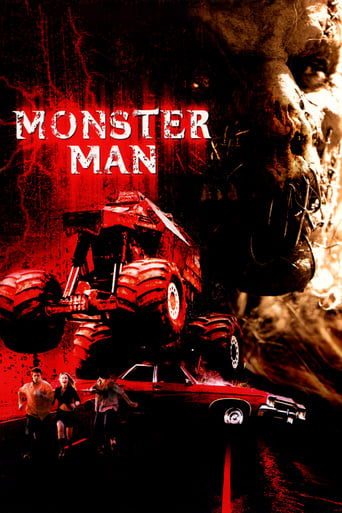
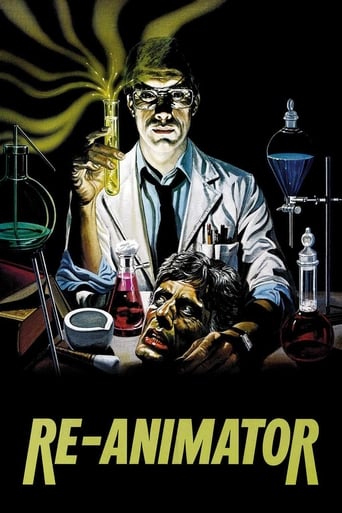
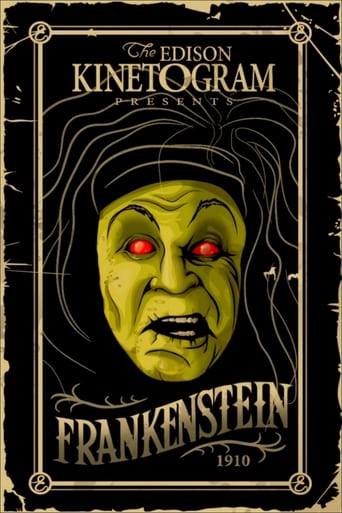
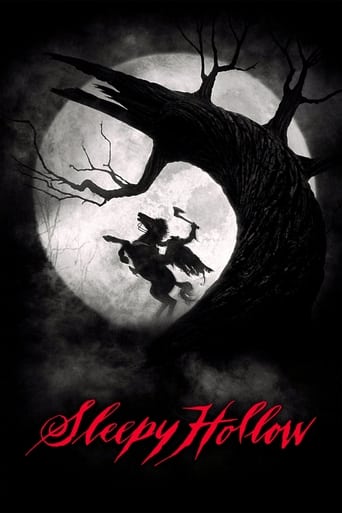
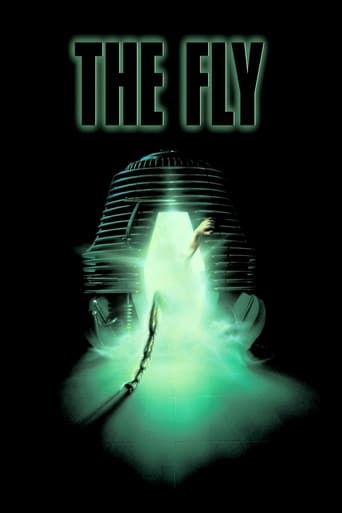
Reviews
People are voting emotionally.
Fantastic!
It’s not bad or unwatchable but despite the amplitude of the spectacle, the end result is underwhelming.
It’s fine. It's literally the definition of a fine movie. You’ve seen it before, you know every beat and outcome before the characters even do. Only question is how much escapism you’re looking for.
Man, with as many creature features like this that I've seen, I gotta say it's one of my favorites. I keep tarantulas as a hobby, and I've seen first hand how ferocious and awful they can be to their prey. The story is a great concept too, science being used for the good of mankind going awry when the movie makes its plot twist. The Spider is indestructible and it plays on the natural fears of mankind. The little clues it leaves behind, such as a puddle of venom in one scene, leads up to the main story perfectly. It leaves scientists in the fill scratching their heads, to make you feel as if it's truly happening. If you're a big fan of Retro science fiction, this film is a must see for you!
Hmmm..... it would seem that every other reviewer rates this at 8 or 10 stars..... just what exactly am I missing here..... After looking through some of these reviews, I can quickly deduce that many of you are prone to over-rating and over-hyping this movie. Please, it's not THAT good.Released in December of 1955 "Tarantula" is a capable, though fairly modest effort in the Sci-Fi/Horror genre and though it's far from being a great film, it's still one of the better "Big Bug Movies" Hollywood's churned out over the decades. The film stars John Agar in the lead role of Dr. Matt Hastings, who has many a dilemma to solve out in the arid wastes of the Arizona desert. Along for the ride comes a young and lovely Mara Corday as well as the great British character actor and Hitchcock favorite Leo G. Carroll, as scientists who are hard at work in developing a super-growth serum. But, as always, "something went terrible wrong" and trouble brews. Tarantula is well-acted, paced, photographed and it's effects, for the time, are about as good as to be expected, and yet unfortunately this film registers at only a very marginal level of entertainment.On the plus-side many of same the people who where behind the iconic horror film "The Creature from the Black Lagoon" just the previous year, are also involved in Tarantula - only this time with far less memorable results. I might as well go ahead and say it, as if it's title isn't a total give-away in the first place, the film is centered around a massive, scientifically enhanced, Tarantula - which only gets bigger in size and ferocity as the movies goes. The last 10 to 15 minutes, when the spider attains it's maximum "house-wrecking" size of at least 100 tall, by 100 feet across, is when the movies at it's best. Also for a compliment I find that the end of Tarantula projects a similar vibe that King Kong's grand finale does (though in a much more modest way and on vastly less-inspired level), because ultimately Tarantula never really does get THAT exciting.Judging by the looks of things the monster (ie giant tarantula) was brought to life solely through the use of photographic effects, primarily from the method of super-imposing footage of the subject, over the master-shot, that establishes the setting; which in this case is the mountainous deserts of Arizona and it's endless stretches of high-way that disappear into the horizon. In another sequence, a - house-wrecking affair - the monster is thrust front and center onto the screen and beautifully rendered, in the form of an extreme close-up, that which depicts the spiders head and multiple sets of eyes with an impressive level of detail, as it peers through a window - perhaps in admiration of Mara Corday. By this time the giant, mutated Tarantula is bigger then a house and it only getting bigger and BIGGER, as it rumbles towards it's inevitable demise.As exciting as it might sound, I urge you to temper any enthusiasm and keep your expectations to a modest level, because like virtually all monster movies of the era Tarantula comes off as quite dated and modest in it's ability to entertain. Now had this been done using stop-motion photography, well then, undoubtedly, Tarantula would have been a more memorable picture; but as it stands the movies photographic effects are still vivid and feature some very effective, sharply detailed, close-ups. Musically Tarantula is impressive, featuring the dual compositional threat of both Henry Mancini and Herman Stein, their musical endeavors effectively lifts Tarantula above and beyond most of it's competition. The films striking score primarily alternates from string-filled moments of subtle serenity, to harsh, brass-driven moments of monstrous angst.In the end Tarantula does provide the audience with a very satisfying death scene, as the monster is consumed in a raging firestorm. But for me, once was enough, as I find the movie lacks the necessary verve and excitement to warrant my attention, again. There's no doubt of it that had more money/inspiration been splashed it's way, this would have been a grand classic of the genre, unfortunately that's not the case here and Tarantula is merely a good movie, rather than a great one. There's one other thing that has come to my attention, which is the fact that Mara Corday had a habit of showing up in monster movies of the 50's. But as far as Tarantula is concerned, when compared to the likes of "The Black Scorpion" or the infamously terrible (and riotously hilarious) "The Giant Claw" it's the first and easily the best of Mara's monster movies. Conclusion: Tarantula offers little in the way of replay value, but it's certainly worth watching once.On a side-note, if you further want to explore the films of director Jack Arnold, I highly recommend that you see "The Incredible Shrinking Man", it's a more entertaining movie and also a much better example of his talent as a film director.
The story is typical of its time and not interesting at all: atomic science goes wrong, humanity is revealed to be small and helpless in the face of forces it does not comprehend. It's funny how everything on the human end of horror is what we jeer at in bad slasher movies; the slow and lumbering threat fails to convince, and that is painfully underscored by having victims trip and fall over, cars that don't start, etc.The monster end is of some (limited) appeal. A real spider was used, it helps a great deal.The way it is incorporated into the human landscape is mostly good: imposing shots of beast and desert, both of equal stature and balanced; perspective play for tension - 'big' humans in the foreground, 'small' spider in the background, and reversed; pov camera from the spider's mouth for the kills.The product of haywire technology is destroyed by even more haywire, destructive technology; napalm. The town solemnly watches as the creature is engulfed in flames. In about ten years time, the town would be a Vietnamese village.
My only real criticism of this movie (just to get it out of the way) is that it seemed to try to hold together two plot elements rather than one - and the two didn't fit together all that well (and one wasn't really necessary and I was less than clear on why it was included.) Let's talk about that first.It was a little disconcerting to watch a movie called "Tarantula" and yet in the opening scene to see what looked at first glance to be a primitive cave-man type of creature come stumbling across the desert in his pajamas! It got my attention, yes, but it also made me start out confused by what was going on here. Wasn't this supposed to be about spiders? The man, as it turns out, was stricken with a mysterious condition that caused his face and hands to enlarge and mutate, but the town's doctor (John Agar) was baffled, because this condition is usually a chronic one lasting for years before it kills, whereas the man who died had been perfectly normal just a few days before. This leads Agar's Dr. Hastings to the laboratory of Professor Deemer (Leo G. Carroll), for whom the man had worked and who was experimenting with a new type of nutrient that caused rapid and abnormal growth in animals. That, of course, ties the spider part of the story in, as a tarantula was one of the animals being injected with the nutrient. The movie becomes basically the fight against this behemoth of a spider that's wreaking death and destruction across this part of Arizona.Having a person (and eventually Prof. Deemer) injected with the nutrient and become deformed wasn't really necessary. But if you set that aside, you have a better than average film - actually pretty good for this genre. The special effects were quite well done for the era. The gigantic spider was well photographed, and even though it was clearly a normal spider superimposed on a background landscape, it actually worked pretty well. Agar was a busy enough actor in his day, and you can see why. His performance was really quite decent, Carroll's makeup - once his deformity began - was startling without being as hideous as the man in the opening scene, and the final battle against the giant tarantula as it approached the town was pretty well portrayed. It's a fun 50's creature feature. (7/10)



